The different types of Chamomile essential oils and their benefits
Posted on June 14 2021,
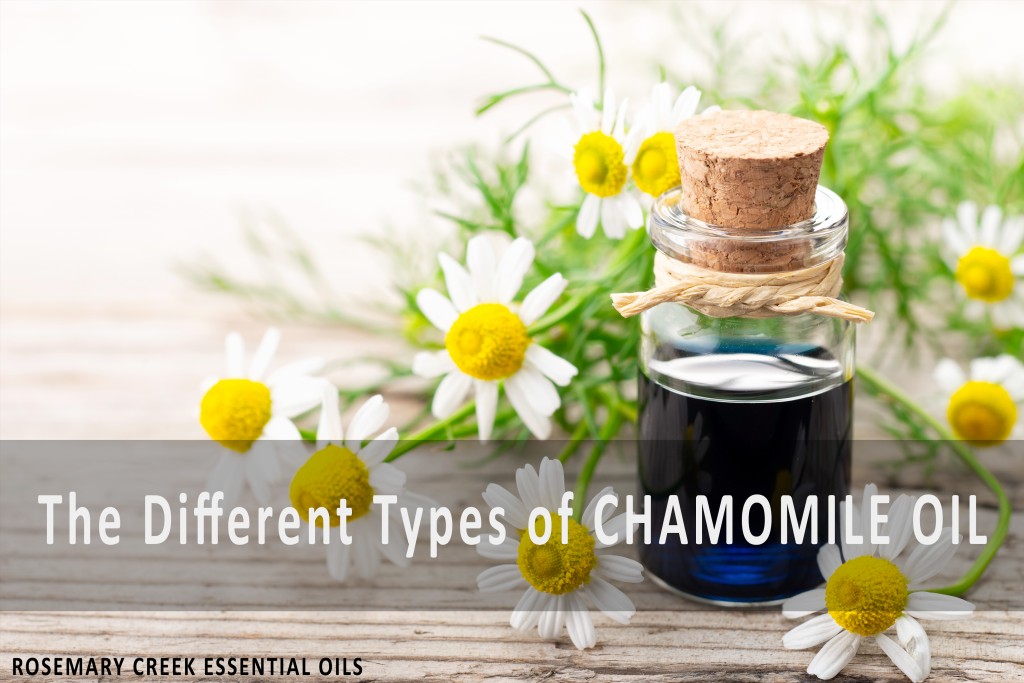
“Though the chamomile, the more it is trodden on, the faster it grows, so youth, the more it is wasted, the sooner it wears.”
-William Shakespeare, Henry IV.
The word chamomile is derived from Latin, French, and Greek words that mean “earth apple”, which if you’ve ever smelled chamomile or drank chamomile tea, you know this is fitting as it has an apple-like scent. Chamomile has been used throughout history for its medicinal properties, with the first use being documented by the Ancient Egyptians. Hieroglyphics depict pictures of chamomile flowers dating back over 2000 years.
The ancient Egyptians thought of Chamomile as a “heal all” plant because it was useful for so many health and wellness conditions. One of its most popular uses in ancient times was for its affinity for the digestion system –especially in easing nausea and vomiting. The Greek doctor, Dioscorides, is known to have made many mentions and notes about prescribing chamomile for a variety of physical and mental ailments.
Other cultures also saw Chamomile as a sacred plant, with it being said to be associated with deities of the sun in many ancient religions. An ancient Anglo-Saxon herb guide by the name of Lacnunga, listed chamomile as one of the nine most sacred plants. The flower was also said to be sacred to the sun god, Ra, and was said to be the most important and respected herb.
While this herb was said to be sacred to the ancients, in today’s world it’s an often-overlooked plant that grows like a weed just about anywhere and is even used by landscapers as a simple ground cover plant. Chamomile can grow almost anywhere, even up through the cracks of a sidewalk or cracks in a parking lot.
Chamomile is one of the most widely used and most loved essential oils. Probably because it can help with so many different things, is a gentle oil, and has a pleasant scent. But, did you know that there are actually more than just 1 type of Chamomile essential oil used in aromatherapy? There are 4 main types of Chamomiles used in the industry: Roman Chamomile (Chamaemelum nobile/Anthemis nobilis), German Chamomile (Matricaria chamomilla/Matricaria recutita), Moroccan Chamomile (Ormenis multicaulis), and Cape Chamomile (Eriocephalus punctulatis).
1. Roman Chamomile (Anthemis Nobilis or Chamaemelum Nobile)
Roman Chamomile is sometimes referred to as Garden Chamomile. It’s a steam distilled essential oil that is widely cultivated in England, Belgium, France, and Hungary. Roman Chamomile, in herb form, is used as a popular tea that is known to be calming and soothing to the nervous system. Roman Chamomile is sweet and herbaceous with a crisp, fresh scent that is soothing to the mind and the body. Roman Chamomile is considered to be the most gentle of the chamomile essential oils, and diluted properly, Roman Chamomile is one of the few essential oils that professionals all tend to agree that is safe for small children and babies.
Chemistry
Roman Chamomile and German Chamomile may be similar in their properties and therapeutic actions, but their chemistry is completely different. Roman Chamomile consists of alpha pinene, camphene, beta pinene, sabinene, myrcene, 1,8 cineole, gamma terpinene, caryophyllene, propyl angelate, and butyl angelate.
Uses
The main uses of Roman Chamomile are arthritis, allergies, headache, skin Irritations and Inflammations, insomnia, neuralgia, nausea, sores, sprains and strains, stress, anxiety, worry and depression.
Safety
No known safety concerns: no known hazards or contraindications.
2. German Chamomile (Matricaria Recutita OR Matricaria Chamomilla)
German Chamomile, also called Blue Chamomile, is native to Europe and widely cultivated in Hungary, Belgium, Germany, Bulgaria, Yugoslavia, and Spain. It’s a dark blue essential oil that is steam distilled from the dried flower heads of the German Chamomile plant. German Chamomile gets its rich, deep, blue color from the presence of chamazulene in its chemistry. Its scent is more herbaceous and slightly medicinal when compared to Roman Chamomile.
Chemistry
German Chamomile is made up of chamazulene, alpha-bisabolol, bisabolol oxide A, bisabolol oxide B, and bisabolone oxide A.
Uses
The main uses of German Chamomile are allergies, skin irritationsand inflammation, earache, dysmenorrhea, headache, insect bites, insomnia, nausea, PMS, stress, sores sprains and strains.
Safety
German Chamomile essential oil is non-toxic, non-irritating, and non-sensitizing. It can interact with some pharmaceuticals though, especially antidepressants, so check with your doctor before using if you take prescription medications.
3. Moroccan Chamomile (Ormenis Multicaulis)
Moroccan Chamomile also goes by the name of Wild Chamomile and isn’t a true member of the chamomile family. It was given the name “chamomile” due to its flowers resembling those of traditional chamomile plants. It’s widely cultivated in the Mediterranean and Middle East and is widely used in perfumery and aromatherapy. It has a bright floral, fruity, and herbaceous scent and is known to be soothing and uplifting.
Chemistry
Moroccan Chamomile is made up of alpha pinene, germacrene, bisabolene, bornyl acetate, beta caryophyllene, bornyl butyrate, borneol, and beta myrcene.
Uses
The main known uses of Moroccan Chamomile are mucolytic, antimicrobial, respiratory concerns, inflammation, nausea and vomiting, sinus congestion and chest congestion.
Safety
No known hazards or contraindications. Non-sensitizing, non-irritating.
4. Cape Chamomile (Eriocephalus punctulatis)
Cape Chamomile is a member of the daisy family and flourishes on the South African coast. It’s known to be a wildly soothing oil to the skin, the body, and the mind. The oil itself is steam distilled from the flowering tops of the plant and produces an oil that is sweet and herbaceous smelling with hints of apple.
Chemistry
Cape Chamomile is made up of 2-methylbutyl, 2-methylpropanoate, linalyl acetate, alpha copaene, terpinene-4-ol, bornel, 2-methylpropyl angelate, and para cymene.
Uses
The main uses of the Cape Chamomile essential oil are relaxation, stress, insomnia, acne, skin redness, inflammation, and/or irritation, calming, muscle tightness, pain, and spasms
Safety
Cape Chamomile essential oil is prone to oxidizing so should be stored away from light and heat. No known hazards or contraindications. Skin irritations and sensitization can occur if oxidized oil is used.
While each of the different types of Chamomiles share some common therapeutic properties, it’s incredibly important to remember that these oils are very different oils with very different chemistry. That being said, if you’re making a recipe that calls for one type of Chamomile, you cannot use the other types as a substitute. Each type, however, is a wonderful addition to any essential oil collection and each has properties that make them very useful for health, wellness, and beauty concerns.
Which of the Chamomile oils have you tried? Do you have a favorite?
The different types of Chamomile essential oils and their benefits
“Though the chamomile, the more it is trodden on, the faster it grows, so youth, the more it is wasted, the sooner it wears.” -William Shakespeare, Henry IV. The...
Read More7 Benefits and Uses of Monarda Essential Oil
Introduction Monarda (Monarda fistulosa) essential oil is a steam distilled, colorless oil widely cultivated in the United States, Cananda and France. Besides being referred to as Monarda you may also...
Read More7 Superb Benefits and Uses of Wild Verbena Essential Oil
Holding exceptional medical properties, including soothing skin irritation and rectifying diverse congestion challenges, Wild Verbena essential oil is a native South African resource that features unparalleled health advantages. Wild Verbena...
Read MoreThe different types of Lavender Essential Oils and Their Benefits
Lavender is one of the most well-known and well-loved essential oils out there, and for good reason. Lavender essential oil has a multitude of applications and is helpful for the...
Read More

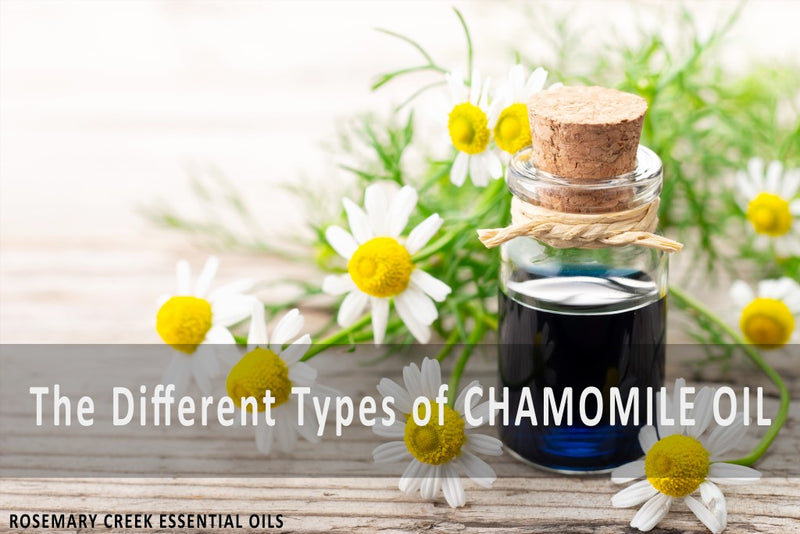
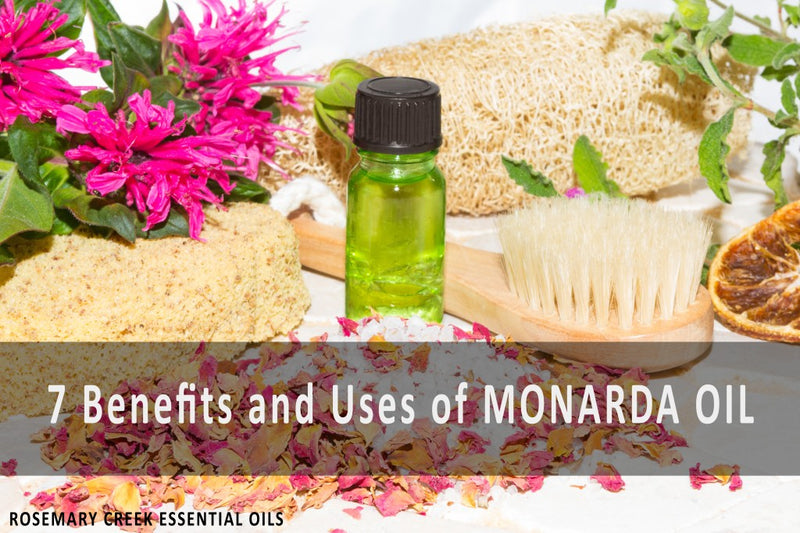
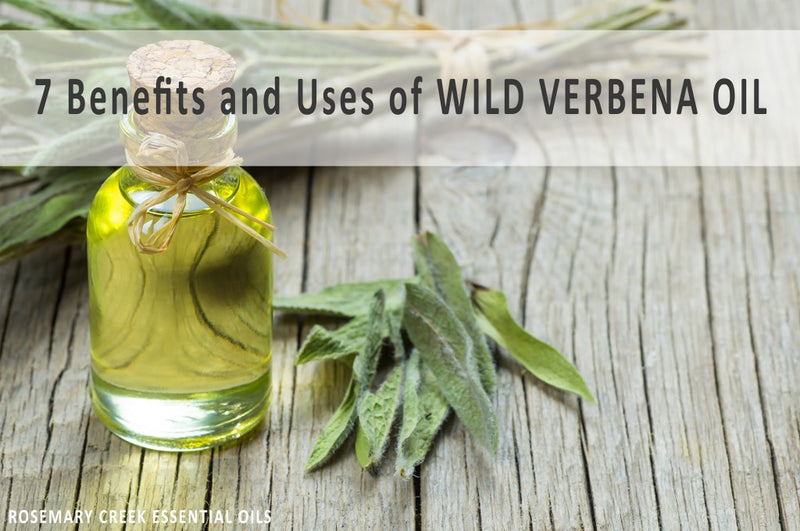
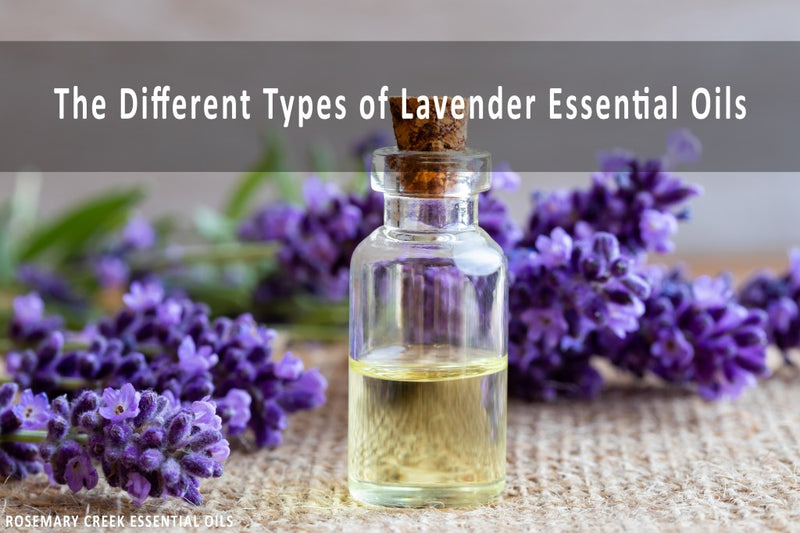
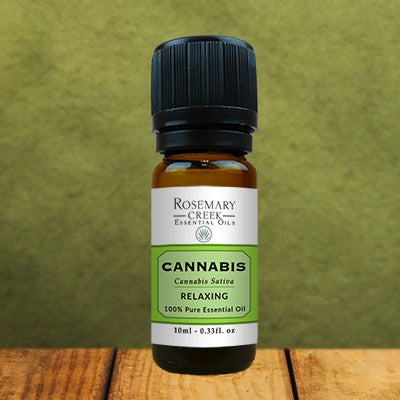

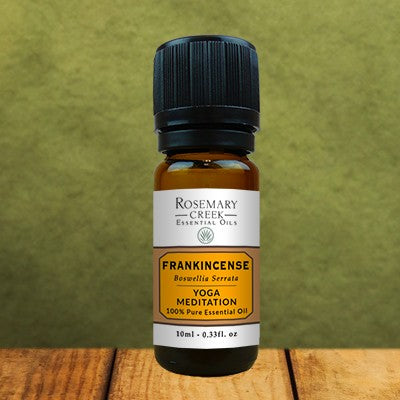
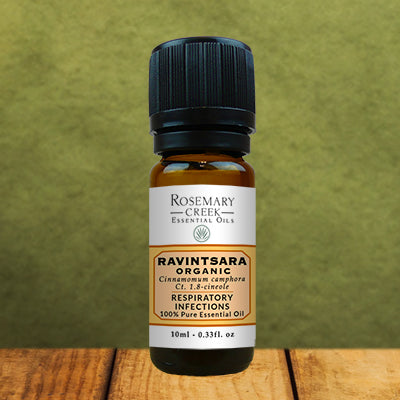

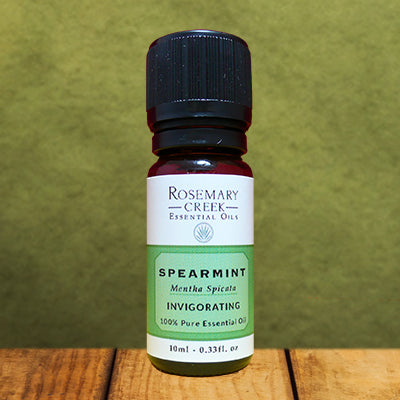
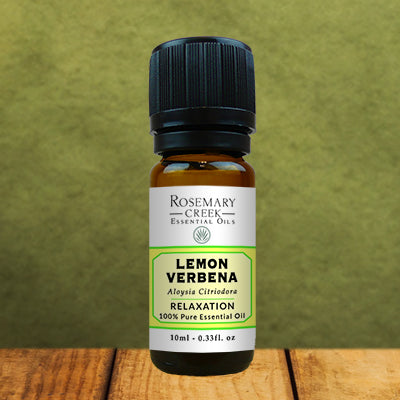
0 comments